Premium Only Content
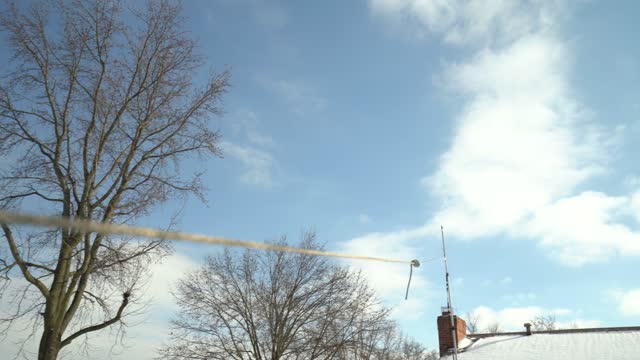
My Backyard Ham Radio Antenna G5RV Doublet
As an Amazon Associate I earn from qualifying purchases.
👍 G5RV Antenna: https://amzn.to/2FuCmrR
👍 50 Foot Telescoping Mast: https://amzn.to/2BUIJ4o
👍 Channel Master Mast 41 foot: https://amzn.to/2VorIII
zn.to/2SQeF0T
Install Dipole Doublet ~ Best Small Backyard Antenna for Ham Radio
he doublet antenna is a form of dipole that uses a balanced feeder, often open wire feeder and an antenna tuning unit. As open wire feeder is able to operate with levels of standing waves and effectively becomes part of the antenna, it is able to operate over a wide band of frequencies.
As a result, the doublet antenna forms a very convenient multiband antenna and it is often used at HF where a number of different HF bands need to be covered, and it is relatively popular with radio amateurs where it enables several bands to be used with a single antenna.
Doublet antenna basics
The doublet antenna is essentially a balanced system and each half of the top plus each wire in the feed line must be equal in length. The antenna top is not cut to resonate at any particular frequency (unlike the half-wave dipole), and any length may be chosen to suit an individual location.
Basic doublet antenna concept
Basic concept of a doublet antenna
The key to the doublet antenna is the form of feeder used. Open wire or balanced feeders are able to operate as part of the actual antenna itself, not just feeding the power from an unbalanced source. The balanced feeder or open wire feeder is able to operate with standing waves along its length.
Note on Balanced Feeder:
Balanced feeder can come in one of a variety of forms: open wire, ladder line, or simple ‘ribbon feeder’. It provides the capability for very low loss, provided it does not pass near other objects that might cause imbalanced. Balanced feeder is often used on the HF bands.
Read more about Balanced Feeder.
G5RV antenna
The G5RV antenna is a dipole with a symmetric resonant feeder line, which serves as impedance matcher for a 50 ohm coax cable to the transceiver.
-
 5:22
5:22
Ham Radio CQ
3 years ago $0.03 earnedGlass Mount Mobile Ham Radio Antenna Install ~ Storm Chasing Comms 2M 70CM
6544 -
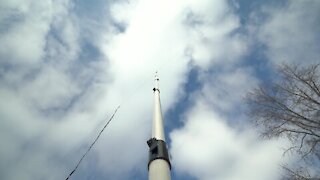 0:39
0:39
Ham Radio CQ
4 years ago $0.02 earnedMy Winter G5RV Antenna
219 -
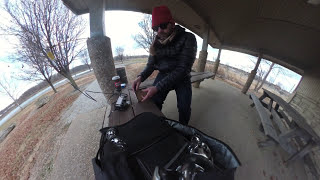 10:53
10:53
HamRadioCQ
4 years ago $0.03 earnedWinter QRP Ham Radio | Elecraft KX2 | Packtenna Portable Antenna
348 -
 22:24
22:24
Ham Radio CQ
4 years ago $0.08 earnedAntenna Drive On Mast Mount for Ham Radio - CW QSO
362 -
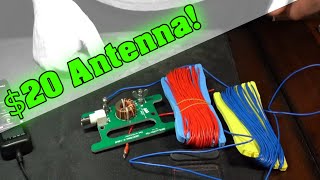 5:35
5:35
Ham Radio CQ
4 years ago $0.02 earnedCHEAP Ham Radio Wire Antenna! | Semoic Balance Unbalance 10W Balun 9:1
2801 -
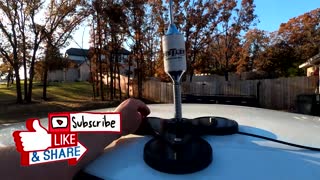 8:51
8:51
Ham Radio CQ
4 years ago $0.13 earnedHustler Antenna RM-20 ~ Tram 5" Magnet Mag Mount Mobile Ham Radio
5573 -
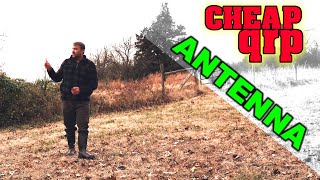 20:04
20:04
Ham Radio CQ
4 years ago $0.02 earnedCHEAP Antenna Field Test | Elecraft KX2 Tuner | Ham Radio CW Contest
118 -
 22:19
22:19
Ham Radio CQ
4 years ago $0.11 earned17' Whip Resonant Antenna FIELD TEST ~ NO Tuner! ~ Mountain Topper Radio
449 -
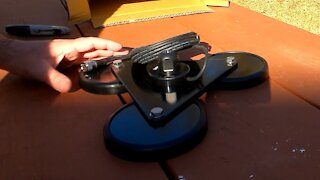 1:34
1:34
Ham Radio CQ
4 years agoUNBOX Only - Magnet Antenna Mount ~ Tram 269 Triple 5" ~ Mobile Ham Radio & CB
1512 -
 0:07
0:07
Art Beauty Photography & Videography
4 years ago $0.02 earnedBeach Time Lapse Ham Radio
418